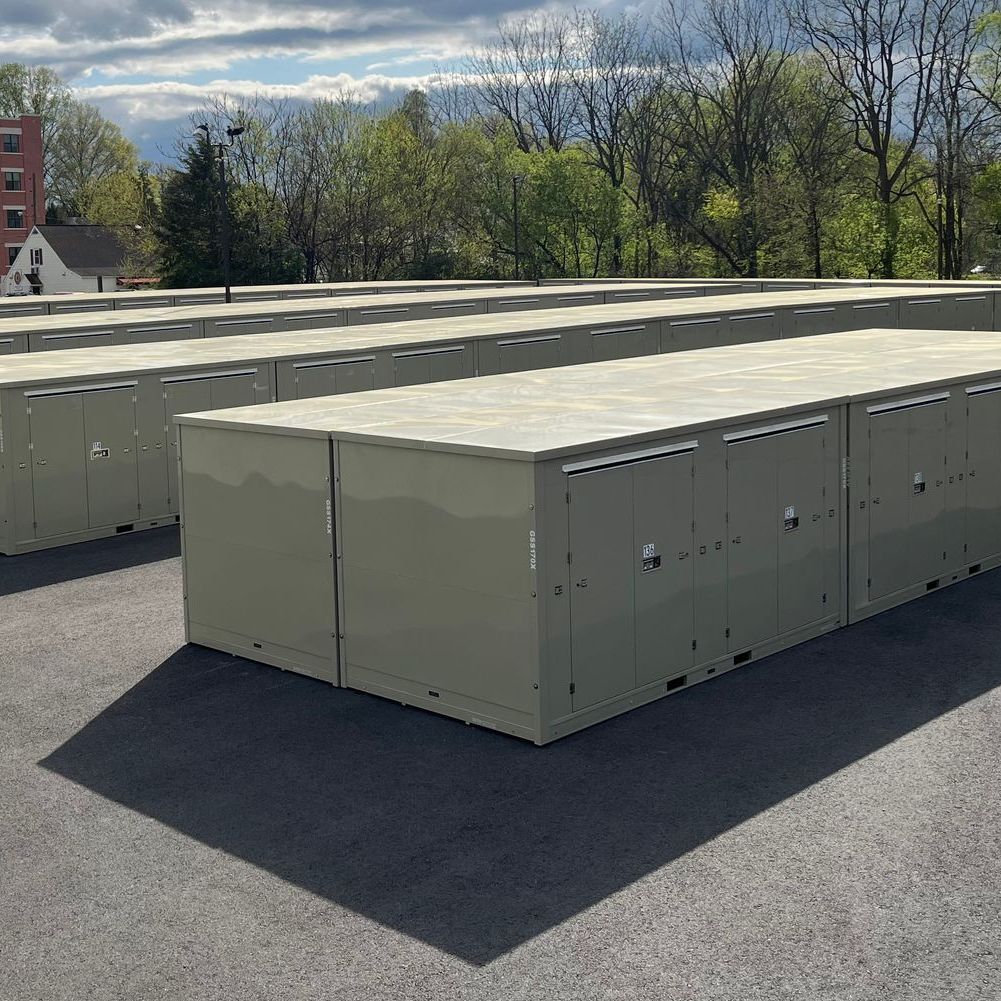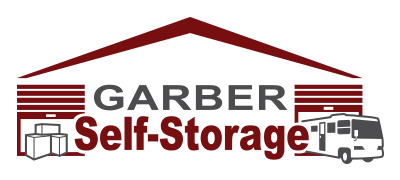Using a Self-Storage Unit After Water Damage in Your Home
Few household emergencies are as disruptive or as emotionally exhausting as water damage. Whether caused by a sudden flood, a burst pipe, or a slow, undetected leak, water can devastate a home in minutes, leaving homeowners overwhelmed by cleanup and repair. In these critical early stages, quick decisions matter.
One of the most effective steps you can take is to secure undamaged belongings immediately, before moisture, mold, or construction activity causes further harm. Renting a self-storage unit offers a practical and secure solution during the recovery and repair process. Storage units play a vital role in disaster recovery efforts by providing flexible, climate-controlled, and cost-effective protection.
In this blog, we'll explore the benefits and best practices for using a storage unit after water damage, helping you protect what's salvageable and restore order to your space.
Why Use a Storage Unit After Water Damage?
When your home has experienced flooding or a major water leak, protecting what's still intact becomes a top priority. Clearing undamaged items from your space preserves them and accelerates the restoration process. With furniture, boxes, and personal belongings out of the way, contractors can assess and repair structural damage more efficiently.
More importantly, removing items from a damp or unstable environment reduces the risk of mold growth, mildew, and contamination from construction debris or further leaks. A secure self-storage unit allows you to organize your stored items safely while ensuring they remain protected from further harm.
When the unexpected strikes, knowing your valuables are safe allows you to focus on getting your home back to normal.
How to Prepare Items for Storage After a Flood or Leak
The key to successful storage after water damage is careful preparation. Follow these steps to protect your belongings and stay organized during the recovery process:
- Sort and assess your belongings. What can be salvaged and what needs to go? It's important to make these decisions quickly to prevent contamination from spreading to otherwise unaffected items.
- Thoroughly clean and dry everything you plan to store. Even small traces of moisture can lead to mold or pest infestations. Use fans or dehumidifiers to accelerate the drying process if necessary.
- Use only new, dry packing materials. Avoid reusing cardboard boxes or packing paper that may have been exposed to moisture, as this can compromise their integrity. Opt for sturdy, clean materials to prevent damage in storage.
- Label each box clearly and create a written record of the inventory. Doing this will make it easier to locate specific items later and track what you've stored.
- Disassemble large furniture to save space. Wrap individual parts in clean padding or plastic to protect them during storage.
- Choose clear, stackable plastic bins when possible. These bins offer better protection and visibility than traditional cardboard boxes.
- Maximize your storage space with vertical stacking. Place heavier bins on the bottom and fragile items on top.
- Double-check for moisture before sealing containers. Only store items that are completely dry to prevent damage once in the unit. It's always good to double-check!
Taking the time to follow these steps will guarantee a smoother storage experience and keep your items safe. When used correctly, a self-storage unit can become a practical and reliable part of your home recovery plan after water damage.
Choosing the Right Type of Storage Unit
Not all storage options are created equal. Traditional self-storage units may be sufficient for durable household goods, but for delicate or high-value items, climate-controlled units offer better protection. Documents, electronics, family heirlooms, and photographs are particularly vulnerable to heat, humidity, and temperature swings. A climate-controlled unit helps preserve them safely and reliably.
Portable or on-site containers are another option. These weather-resistant units are delivered directly to your property, offering convenience during active repairs. However, they may be more exposed to the elements and less safe than secured self-storage facilities.
You should also think about what you're storing and how often you'll need to access it. Local self-storage units, such as those offered by
Garber Self-Storage in Mount Joy and Elizabethtown, are ideal for storing items off-site while keeping them accessible when needed.
Self-Storage Helps Organize and Streamline Home Repairs
Once your belongings are safely stored, your home becomes a more efficient and safer worksite. Storing furniture and valuables off-site provides contractors with the necessary space to work and prevents accidental damage during demolition, drying, construction, or renovation.
With fewer obstacles in the way, restoration professionals can assess structural damage more quickly and accurately. You'll also be able to focus on one area of the home at a time, without shifting piles of possessions from room to room.

Conduct Ongoing Maintenance to Keep Your Stored Items Safe
Even after your items are safely stored, a little maintenance goes a long way. Check in on your storage unit regularly, especially in the first few weeks. Look for signs of moisture, mildew, or damage you may have missed when packing and transporting your items. If needed, elevate boxes and furniture on pallets to keep them off the floor.
Keep your inventory list up to date and note where key items are stored. This makes retrieval easier and prevents duplicate purchases during the rebuild and repair process.
If managing home repairs after water damage feels overwhelming, consult professionals who specialize in cleanup and storage preparation. Having additional support can make the stress of water damage a bit easier to manage. You don't have to go it alone! Using a storage unit after water damage works best when you stay proactive.
Add Self-Storage to Your Emergency Preparedness Plan
If you haven't experienced water damage in your home, that is great! But you never know what may happen. Don't wait for disaster to strike to think about storage.
Including self-storage in your emergency preparedness plan can save time, money, and stress when it matters most. Knowing you have access to secure, climate-controlled storage can make all the difference when you're dealing with a flooded basement or burst pipe.
Take time now to review your flood insurance policy, elevate important belongings, and plan for how you'd protect valuables in an emergency.
Protect Your Valuables from Water Damage by Renting a Self-Storage Unit
Using a storage unit after water damage offers a practical way to protect your undamaged belongings, reduce stress, and keep your restoration process on track. With the right self-storage solution, you gain both peace of mind and breathing room during a difficult time.
Garber Self Storage offers four locations throughout Mount Joy and Elizabethtown, PA. Contact us today to reserve your unit and start the water damage recovery process with peace of mind.


